|
|
|  DSH 571, P' _' b, B; o3 ? DSH 571, P' _' b, B; o3 ?
2 U; E- p$ z/ O
| Creepage/clearance
5 i& Z3 {; N. s | 29
F: e0 R4 i& Z2 A; m8 [ | 60335-1(ed.4)1 l1 E: F* L3 a$ u8 \: ~
|
( k; W* k o i3 ?
Question:
5 b* E. E$ ?5 U9 y2 L& H, AClause 29 indicates that coatings to Annex J can protect the microenvironment and provide basic insulation. Annex J appears to recognize both Type A and Type B coatings.
$ ~5 S/ c5 E5 M, U& z+ `( NIEC 60664-3: 1992 distinguishes between Type A and Type B coatings.
7 x1 {9 z; E& M- m9 ?1 V1- Does type A coatings serve to improve the environments from PD2 to PD1?
7 Q% B7 g& z$ _, t8 A n3 G1 Q2- Are creepage distances and clearance requirements applicable between conductors under type B coating?
+ t* m, |( Q T- F# xDecision:* V: I' S2 o+ ]- K5 ]5 n4 |- m$ o
1- Type A coating according to IEC 60664 allows to improve the environment from Pollution Degree (PD) 3 to 1, in the same way it allows the transition from PD 2 to 1.
& W6 Z& a$ E# n- \! }7 E2- Type B coatings do not require creepage and clearance distances between tracks covered by this type of coating but for type A coating, distance for PD 1 applies.+ j8 a$ v% X% i# o5 J0 o
( B' y) |0 r0 M: n4 j" U3 N
' W( [0 [( Y# S) U' i6 O
|
本帖子中包含更多资源
您需要 登录 才可以下载或查看,没有账号?注册安规
x
|



 窥视卡
窥视卡 雷达卡
雷达卡 发表于 2012-9-8 20:57
发表于 2012-9-8 20:57
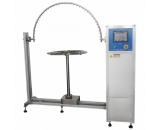

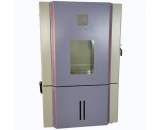

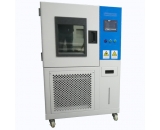

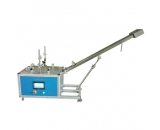

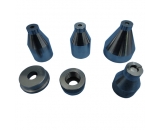






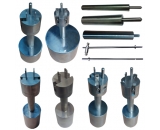
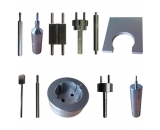
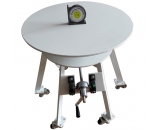
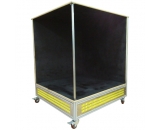

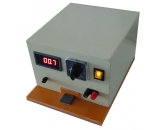
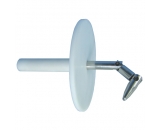
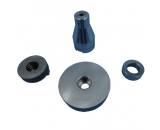
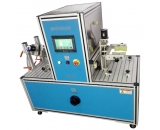
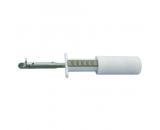
 提升卡
提升卡 置顶卡
置顶卡 沉默卡
沉默卡 喧嚣卡
喧嚣卡 变色卡
变色卡 抢沙发
抢沙发 千斤顶
千斤顶 显身卡
显身卡













